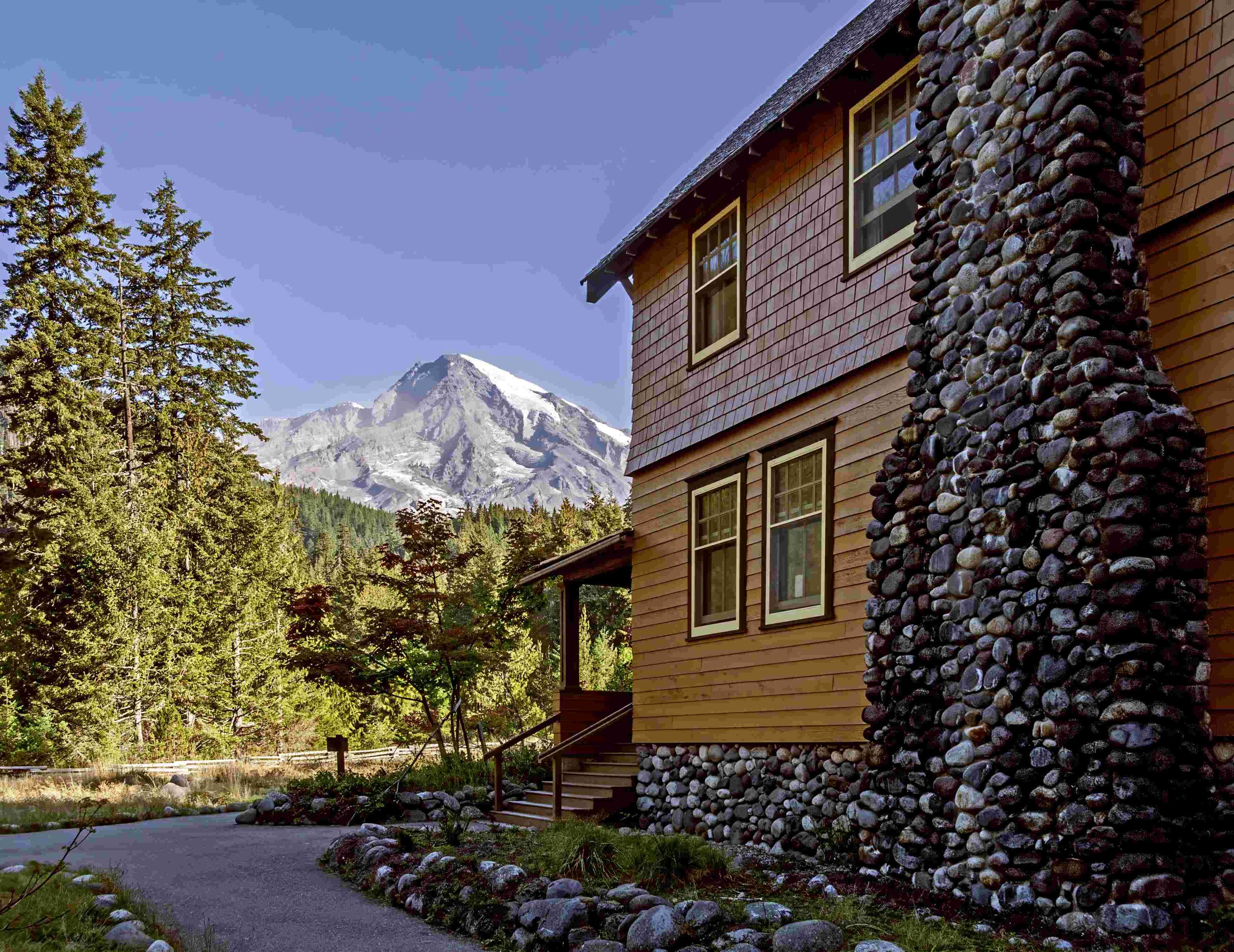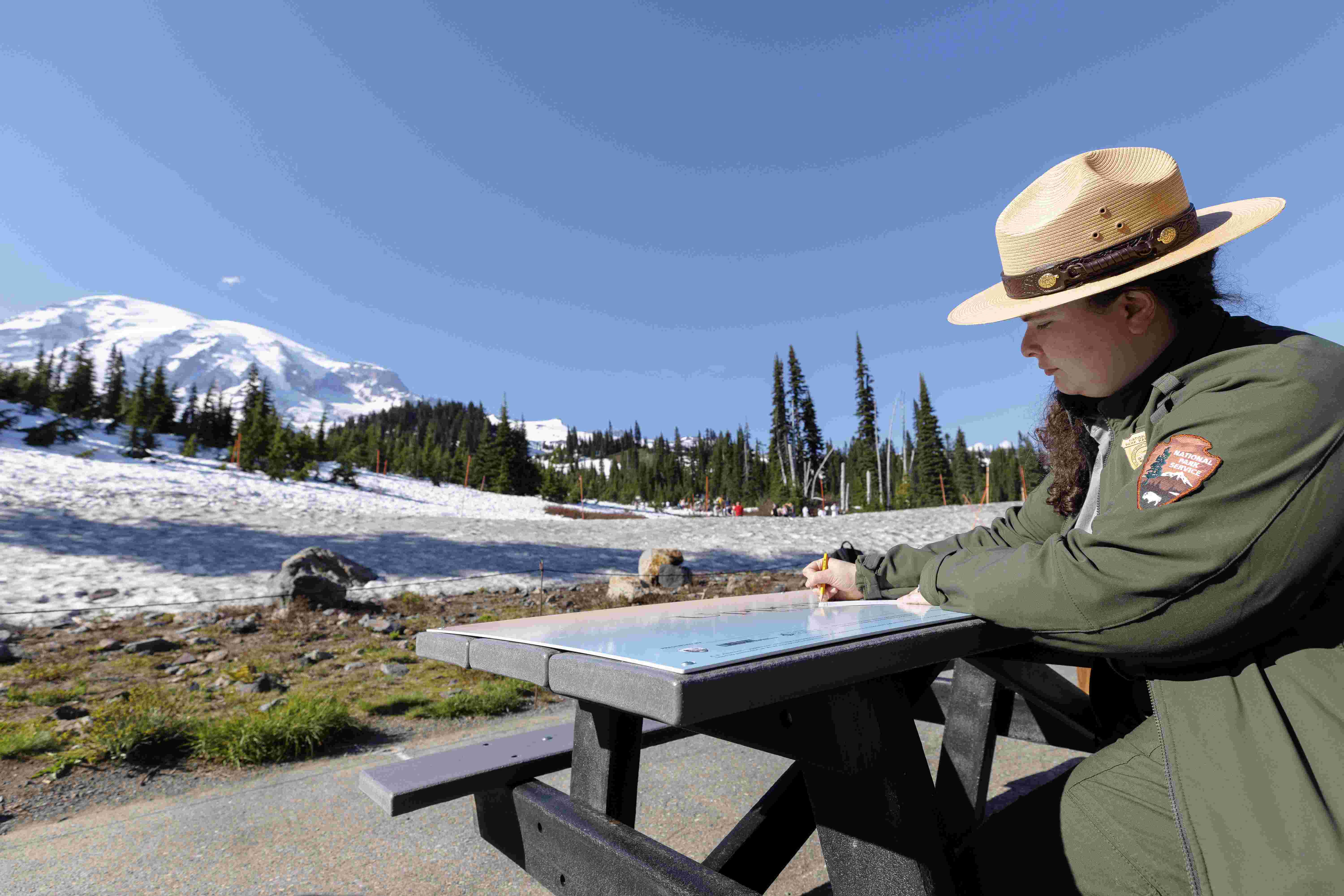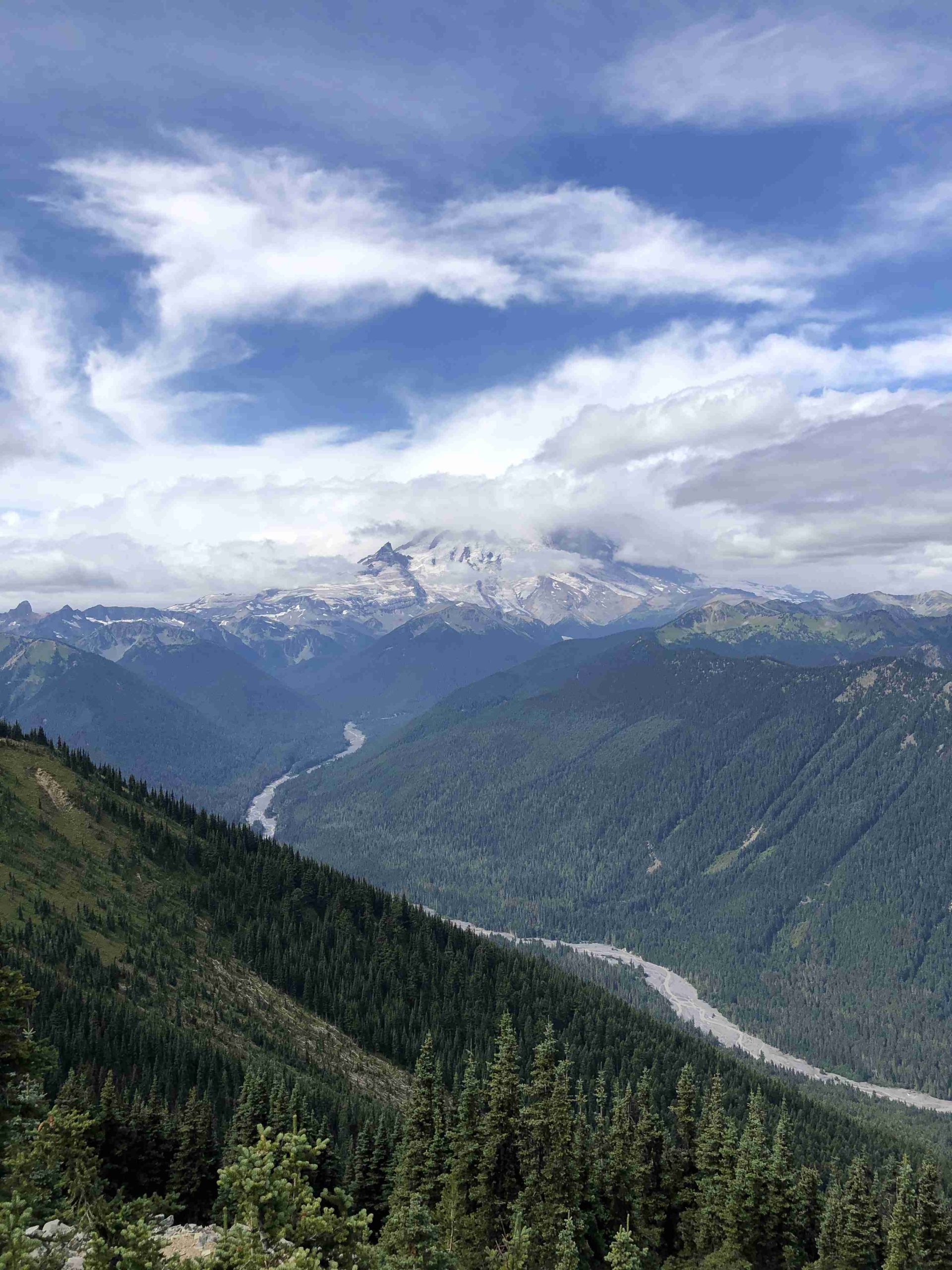Climbing Mount Rainier in winter presents unique challenges and rewards for experienced mountaineers. This guide covers essential gear, popular routes, weather conditions, and permit requirements for winter ascents. With proper preparation and respect for the mountain’s formidable conditions, climbers can experience the breathtaking beauty and exhilaration of scaling this iconic peak during its most demanding season.
What Gear is Essential for Winter Climbing on Mount Rainier?

Winter climbing on Mount Rainier demands specialized equipment to ensure safety and success. Here’s a comprehensive list of essential gear:
Clothing
- Mountaineering boots (single or double, depending on freezing level)
- Insulating layers (gloves, jackets, pants)
- Base layers (wicking underwear, socks)
Technical Gear
- Ice axe (65-75 cm, based on height)
- Crampons (12-point steel or aluminum)
- Climbing harness
- Helmet (UIAA or CE certified)
- Rope and anchors
Safety and Navigation
- Headlamp (100+ lumens)
- Glacier glasses and goggles
- Avalanche gear (transceiver, probe, shovel)
Other Essentials
- First aid kit
- Shelter and sleeping gear
- Cooking equipment
Which Routes are Popular for Winter Ascents of Mount Rainier?

Mount Rainier offers several challenging routes for winter climbers:
- Disappointment Cleaver Route
- Difficulty: Grade 3
- Elevation Gain: ~9,000 feet
-
Estimated Time: 2-3 days
-
Emmons Glacier Route
- Difficulty: Grade 2-3
- Elevation Gain: ~9,000 feet
-
Estimated Time: 2-3 days
-
Liberty Ridge Route
- Difficulty: Grade 4
- Elevation Gain: ~9,000 feet
- Estimated Time: 3-4 days
How to Check Current Winter Weather Conditions on Mount Rainier?
Staying informed about weather conditions is crucial for a safe winter climb. Check these resources:
- Mount Rainier National Park Website
- National Weather Service
- Northwest Avalanche Center
What are the Permit Requirements for Winter Ascents of Mount Rainier?
Proper permits are essential for climbing Mount Rainier in winter:
| Permit Type | Requirement | Details |
|---|---|---|
| Climbing Permit | Required | For glacier travel or above 10,000 feet |
| Annual Climbing Pass | Required | For each team member |
| Wilderness Camping Permit | Included | With climbing permit for overnight trips |
Apply for permits well in advance through the Mount Rainier National Park website.
How to Prepare Physically for Winter Climbing on Mount Rainier?
Physical preparation is crucial for a successful winter ascent:
- Cardiovascular training
- Regular aerobic exercises (running, cycling, swimming)
-
High-intensity interval training
-
Strength training
- Focus on leg and core exercises
-
Include upper body workouts for ice axe use
-
Endurance building
- Long hikes with a weighted pack
-
Practice on steep terrain
-
Altitude acclimatization
-
If possible, spend time at higher elevations before the climb
-
Technical skills practice
- Ice axe self-arrest
- Crampon use on steep ice
What are the Risks and Safety Precautions for Winter Climbing on Mount Rainier?
Winter climbing on Mount Rainier involves significant risks:
- Extreme cold and wind
- Avalanches
- Crevasse falls
- Whiteouts and disorientation
Safety precautions include:
- Climbing with experienced partners
- Proper use of safety gear
- Constant awareness of weather conditions
- Knowledge of rescue techniques
- Carrying a satellite communication device
How Long Does it Take to Climb Mount Rainier in Winter?
The duration of a winter climb on Mount Rainier varies:
- Average time: 2-4 days
- Factors affecting duration:
- Chosen route
- Weather conditions
- Team experience and fitness
- Acclimatization needs
What are the Best Months for Winter Climbing on Mount Rainier?
The winter climbing season on Mount Rainier typically runs from December to April. Each month offers different challenges and conditions:
- December-January: Shortest days, coldest temperatures
- February-March: Increasing daylight, still full winter conditions
- April: Transitional month, potential for more stable weather
How to Plan Food and Water for a Winter Ascent of Mount Rainier?
Proper nutrition and hydration are critical for winter climbing:
- Food planning
- High-calorie, easily digestible foods
- Mix of carbohydrates, proteins, and fats
-
Snacks accessible while climbing
-
Water management
- Insulated water bottles or thermos
- Plan for melting snow
-
Electrolyte supplements
-
Cooking considerations
- Efficient, cold-weather stove
- Extra fuel for melting snow
- Simple, quick-to-prepare meals
By thoroughly preparing and respecting the mountain’s winter conditions, climbers can safely experience the challenge and beauty of climbing Mount Rainier in winter.
References:
1. https://www.rei.com/blog/travel/mount-rainier-climbing-gear-list
2. https://www.rmiguides.com/mt-rainier/4-day-summit-climb/equipment
3. https://www.nps.gov/mora/planyourvisit/wilderness-guidelines-and-regulations.htm

